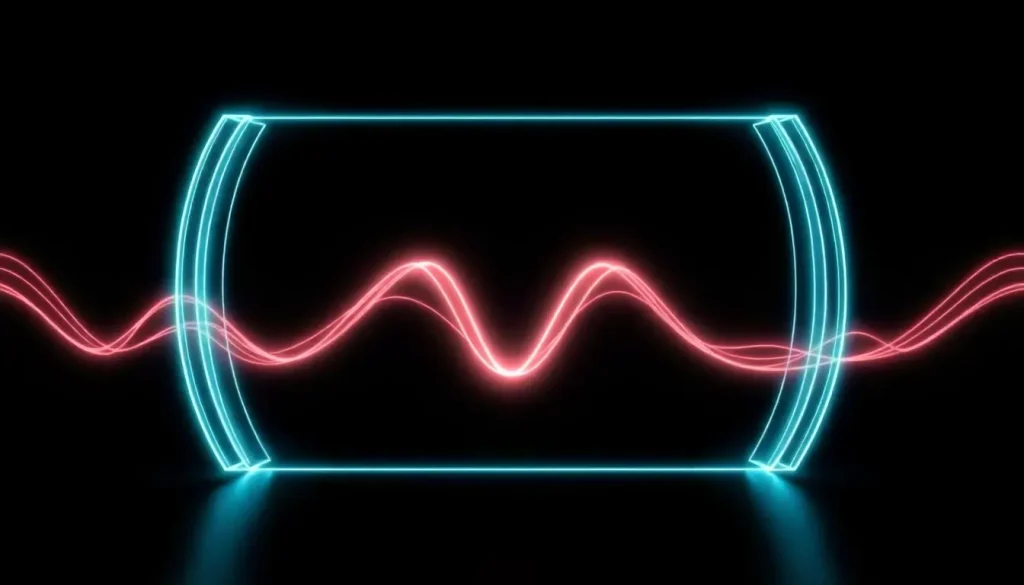Jony Ive AI hardware delay and 15-20 compelling ideas

The anticipation surrounding Jony Ive's new AI hardware has reached a fever pitch, fueled by the former Apple design chief's reputation for creating iconic products. However, recent reports indicate that this innovative device, developed in collaboration with OpenAI, faces significant hurdles that could delay its launch. As we delve deeper into the challenges and potential of this project, it becomes clear that the implications of its success or failure could extend far beyond the tech world.
With whispers of a “family of devices” and the promise of “15-20 compelling product ideas,” the excitement is tempered by both technical and conceptual obstacles. What exactly are these challenges, and what might this groundbreaking technology entail? Let’s explore.
Challenges hindering the launch of the AI device
The highly anticipated AI hardware, designed by Jony Ive and developed under the auspices of OpenAI, was originally slated for release next year. However, a report from the Financial Times suggests that significant hurdles may push back the timeline.
Sources close to the project have indicated that critical issues remain unresolved, casting doubt on the planned launch.
Among the primary challenges identified are:
- Computational Power: One of the fundamental issues is providing sufficient computing resources. A source close to the initiative noted, “OpenAI is struggling to get enough compute for ChatGPT, let alone an AI device.” This poses a substantial barrier to ensuring the device delivers on its promised capabilities.
- Privacy Concerns: Unlike traditional smart devices that utilize wake words to function, this new device is designed to be always on. This raises significant privacy concerns, as it would mean continuous activation of both microphones and cameras.
- Device Personality: Developing a suitable personality for the device is another ongoing challenge. The goal is to create an interface that engages users effectively without becoming intrusive or overly verbose. One insider described the ideal interaction: “You should have a friend who’s a computer who isn’t your weird AI girlfriend.”
These challenges underscore the complexity of creating a new category of AI hardware that is both functional and respectful of user privacy. As the team navigates these obstacles, the ability to innovate while adhering to ethical standards will be crucial.
Exploring the vision: A family of devices
At a recent OpenAI developer conference, both Jony Ive and Sam Altman discussed their vision for this new line of products. Ive hinted at the development of a “family of devices,” suggesting that this is not merely a single product but rather a suite of interconnected technologies.
Ive expressed excitement over the potential ideas they’ve generated, stating that they are working on “15 to 20 really compelling product” concepts that aim to enhance the user experience.
These devices are envisioned to:
- Promote Well-being: The aim is to create devices that contribute to happiness, fulfillment, and a sense of peace.
- Reduce Anxiety: By thoughtfully integrating technology into daily life, the team hopes to mitigate feelings of disconnection and anxiety.
- Innovate Form Factors: Altman noted the challenge of inventing new computing form factors, emphasizing that “hardware is hard.”
This multifaceted approach indicates a commitment to not only establish new technology but to also enhance the human experience through thoughtful design and functionality.
The mystery of the device's design: What form will it take?
Since the announcement of this AI hardware, speculation about its design has been rampant. In an attempt to visualize the new device, many have sought input from AI models like ChatGPT, which consistently generated similar images resembling a pebble-shaped gadget.
While some theories suggest it could take the form of smart glasses, both Ive and Altman have clarified that it will not be a pair of glasses or a smartphone, hinting instead at a previously unseen form factor.
This opens up a world of possibilities. Could it be a wearable that integrates seamlessly into daily life, or perhaps a home device that enhances interaction with our environment? The ambiguity surrounding the design contributes to its allure and raises questions about how it will differ from existing technologies.
The promise of AI integration: Beyond hardware
As we look toward the future of AI integration into everyday devices, it's important to consider the broader implications. The advent of such technology could result in:
- Enhanced Personalization: Devices that adapt to individual user preferences, improving overall user experience.
- Greater Connectivity: Facilitating a more interconnected ecosystem of devices that communicate and collaborate.
- Innovative Solutions: Addressing common issues faced by users, such as mental health and productivity, through thoughtful design.
The potential impact of this AI hardware extends beyond mere functionality; it could redefine our relationship with technology, creating a more intuitive and supportive environment.
Future prospects: What lies ahead?
As Jony Ive, Sam Altman, and their team continue to work through these challenges, the anticipation surrounding the AI hardware remains palpable. With each update and revelation, the excitement builds, offering a glimpse into a future where technology harmonizes with daily life in unprecedented ways.
With the promise of groundbreaking product ideas and an innovative approach to AI integration, the eventual launch of this device could mark a pivotal moment in technology that resonates across various sectors.
As we await further developments, the world watches closely, eager to see how this collaboration unfolds and what it will mean for the future of AI and consumer technology.
For those interested in further exploring the evolution of AI and its applications, consider watching
As we move forward, the intersection of design, technology, and user experience will be crucial in shaping the future of this revolutionary hardware.
Image: ChatGPT




Leave a Reply